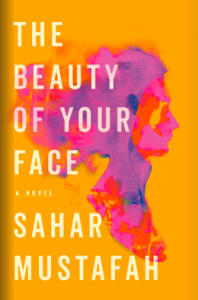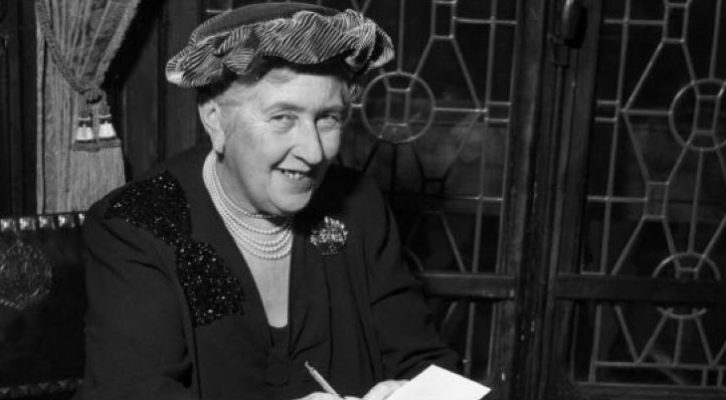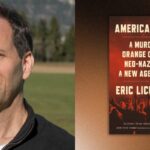
The Case for Teaching Depressing Books
Sahar Mustafah on the Literature of Empathy and Action
“Are we ever gonna read happy books in here?”
For over two decades, I’ve received some variation of this question teaching high school literature and composition. And it’s a valid one.
My response to bleary-eyed students is typically in the form of a counter-question:
“How do you define ‘happy’?”
I’m not trying to stump these young adults who’ve been required to read roughly four to five major texts a year. For my seniors, that would be over a dozen books by the time they graduate, which is a rigorous number when you consider the full-time academic course load they carry, typically a combination of seven core and elective classes each year.
So the demand for “happy books” isn’t so unreasonable. But what does that mean, exactly—“happy books”?
“No one dies.”
“No one’s raped.”
“No one’s locked up.”
These are a few swift prescriptions according to my students.
Young people, quite naturally, equate “happy” with a safe, uneventful existence. Genocide, sexual assault, poverty, racism, climate change—it’s hard to find any reason to be excited about reading these subjects as a plot line. And the experience can be just as hard for a teacher to present to students.
But I pose that books containing difficult issues or trauma are good for our youth. In fact, they’re downright essential.
*
In this period of political decay and obstruction of basic human rights, literature can increasingly shape empathetic, socially-conscious individuals. Shielding students from challenging texts because “there’s so much bad stuff already going on” only seeks to reinforce systems of power and inequity. With staggering misinformation and our president’s relentless sneering of free press, creative literature remains a steadfastly democratic entity by sheer access alone. And it can be explored in one of the safest spaces for young people: a public classroom.
Extraordinarily written books containing trauma necessarily demand young people to see a world beyond their own scope of experiences.
Every academic semester, I have an amazing opportunity to bridge differences and examine bigotry through a required novel, one that holds invaluable truths about our humanity, both flawed and magnanimous. I can fill the lull between their Snapchat and Instagram with stories of racial violence and addiction in Jesmyn Ward’s Sing, Unburied, Sing, and what it’s like to come of age during war and a religious revolution in Marjane Satrapi’s Persepolis.
I want my students to feel something more than the instant gratification of social media, to sit in their prickly discomfort, to be jolted into silence with no ability to thumb “like” then swipe their screen, moving on to the next meme or soundbyte. Through tough books, I give them permission to slow down, to allow themselves to feel, think, respond, and argue. And more than just debating motifs and characterization, I want them to consider how they somehow fit into the author’s larger ideas. For example, how does a book’s theme of bearing witness apply to their own lives? How might that connect to protesting for the human rights of children at the borders, languishing in cages? Or how might a story about a lethal hate crime spur students to become allies within their own school for peers who identify as LGBTQ+?
*
Most so-called “depressing” books are about trauma. It’s important to note that some of my students have deep-seated reasons for avoiding a particular subject or aspect in a book. I’m sensitive to triggering experiences and begin early in the semester fostering a climate of respect and boundaries. There have been times I’ve had to offer an alternative text to a student who simply can’t engage in our required reading. Those exceptional cases have taught me much about flexibility and the wonderfully diverse and wide-ranging choices I can make for substitutes.
The flipside is how particular students finally recognize themselves in the texts—an affirmation that can never be overestimated. Contemporary literature has made significant strides in visibility and representation for teenagers, as well as for its authors in the publishing industry.
Still, extraordinarily written books containing trauma necessarily demand young people to see a world beyond their own scope of experiences and backgrounds, to examine their privilege. It compels them to observe the suffering of others, the escalating deterioration of our planet. Difficult books challenge them to hold their gaze for more than a millisecond—longer than a swipe of the thumb.
Naturally, young people may not want to read about bad things happening to others–particularly teenagers like themselves. This largely stems from their sympathetic sensibilities—an affective trait. However, pity doesn’t necessarily foster empathy. In terms of a character in a novel—take Hassan, a Hazara boy in The Kite Runner by Khaled Hosseini, who is sodomized and whose son endures generational trauma. Simply feeling bad for Hassan isn’t a proper goal or a cue for closure by the time readers arrive at the last page of the book. Rather what do students discover about the circumstances surrounding this violent event? How has the political system—i.e. the role of the US in foreign policy—and a social hierarchy contributed to the crime? What are parallel forces in our own country, like toxic masculinity and institutional patriarchy, students can critique?
*
I’m no less cognizant that some teachers shy away from trauma, or have a particularly difficult time presenting a text in meaningful ways. Concerns about cultural sensitivity and appropriation, or having first-hand experiences, shouldn’t be downplayed, but are necessary to address before placing a tough book in their students’ hands. I’ve found science fiction, speculative fiction—particularly Afrofuturism—and dystopian books tend to re-frame societal problems and issues that have been diluted to the point of desensitization for students. An anthology like Octavia’s Brood re-ignites social justice themes while stories from speculative fiction like Nana Kwame Adjei-Brenyah’s Friday Black confronts racism in unapologetic, often brutal ways. Omar El Akkad’s American War hauntingly raises the far-reaching, geo-political implications of global warming.
In an early query, one prospective agent wrote back, I’m sorry, but I don’t have the stomach to read this.
These have been exciting times for these genres, and teachers now have access to a range of resources that combine them with traditional, realistic fiction titles. As with any materials or experiences we plan for students, teachers must always use their expert discretion when making selections and to be open to some difficult conversations.
*
My debut novel is framed by a hate crime shooting. When I tell strangers who ask, I watch their initial enthusiasm deflate like a punctured balloon. In an early query, one prospective agent wrote back, I’m sorry, but I don’t have the stomach to read this. The central story—the episodic journey of a Muslim American woman—is important to tell. So is the violence committed against her community. The statistical rise in hate crimes and frequent news reports seem like an excellent excuse to turn away and toward something positive in this troubled country.
But a sense of positivity and hope isn’t enough—it’s simply and dangerously dismissive. Young people will develop into socially-minded adults if they are challenged to confront and dismantle the status quo, to recognize and combat normalized bigotry, to explore volatile regions and struggling communities of people around the globe.
How can we start? By assigning them tough stories and giving them time to imagine ways we can become more invested human beings in the world around us. Even the slightest possibility of change is a happy ending we should all be searching for.
__________________________________
The Beauty of Your Face by Sahar Mustafah is available now via W. W. Norton.
Sahar Mustafah
Sahar Mustafah’s second novel The Slightest Green is forthcoming this fall from Interlink Books.




















